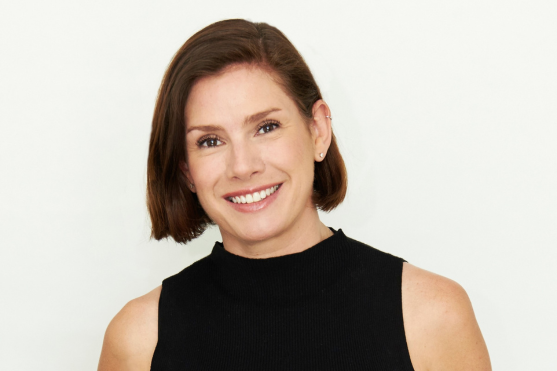Top 5 Questions NFPs have for funders: with Gill Whelan, General Manager, DECJUBA Foundation & TANK Foundation

1. How can a fund seeker stand out from the crowd?
At DECJUBA Foundation, we focus our philanthropic support around 5 key pillars; empowerment, education, essentials, experience and emergency relief. So demonstrating that you’ve done your research is the first important step in ensuring that you fit within the scope of the causes we are looking to support. It always stands out to me when it’s clear that a fund seeker has done a deep dive into the programs or organisations we are already funding and can make a case for how they might fit in or fill a gap
I’d suggest focusing on finding potential partners with alignment to what you do and highlight how you’re making a positive impact in the area the funder wants to make a difference in. Avoid trying to ‘shoehorn’ to fit in with a funder strategy. A strong values alignment is essential on both sides in establishing a successful partnership.
I also recommend being really transparent and honest about your funding needs.
2. What type of questions do you ask when you meet a potential new partner organisation? What should we be prepared to answer?
Most of our relationships with potential new partners start with a conversation. I like to hear a clearly articulated summary of your organisation’s mission, and what your main focus is in the coming year.
I’ll always ask what your main funding need is right now. You’d be surprised how often fund seekers are unprepared for this question!
It can also be helpful for me to hear what you would do if resources were boundless. I gain a better understanding of your organisation’s potential for long-term impact and systemic change and can get a sense if you are big picture, strategic thinkers
3. How do we manage a relationship with a funder that has said ‘no’ to funding our organisation in the past?
All interactions with a potential funder hold value – regardless of the outcome. Even if funding is not extended, I see it as part of my role to share noteworthy organisations and projects with my peers in the philanthropic sector.
While your current priorities might not align with our strategy right now, it could in the future, and it could resonate with another funder in my network.
As long as there hasn’t been a direct request to refrain from further communication, I’d suggest maintaining an ongoing dialogue with any funder you meet – occasional emails with stories of impact or information on new projects can help to keep your organisation top of mind.
4. How else can a funder support us outside of grants?
At DECJUBA Foundation, we encourage open and honest conversations with our partners around how we can help them beyond just financial support. In fact, we actively seek out partners that we can truly walk alongside and build deep relationships with.
There are many avenues we can pursue to additionally support our partners – from exposure to our customer base, clothing donations, volunteering opportunities and even introductions to our networks.
5. How can NFPs encourage/influence funders to provide unrestricted funding?
It starts with being really honest and transparent about your funding needs. Thankfully I think we’re seeing a slow shift of mindset from funders when it comes to untied funding but it’s also still the case that many fund seekers hide overhead or capacity building costs for fear of rejection or scrutiny. But to elicit change on both sides of philanthropy, there needs to be transparency about true project costs.
When I’m assessing funding opportunities it worries me if I don’t see overhead costs included. Having worked for NFPs in the past, I know that it’s unsustainable to separate out these costs and one of the steps towards major industry change is ensuring true costs are consistently outlined Referencing relevant research might be helpful in these discussions with less progressive funders, including the Pay What it Takes report and the Reframe Overhead Research and guide.